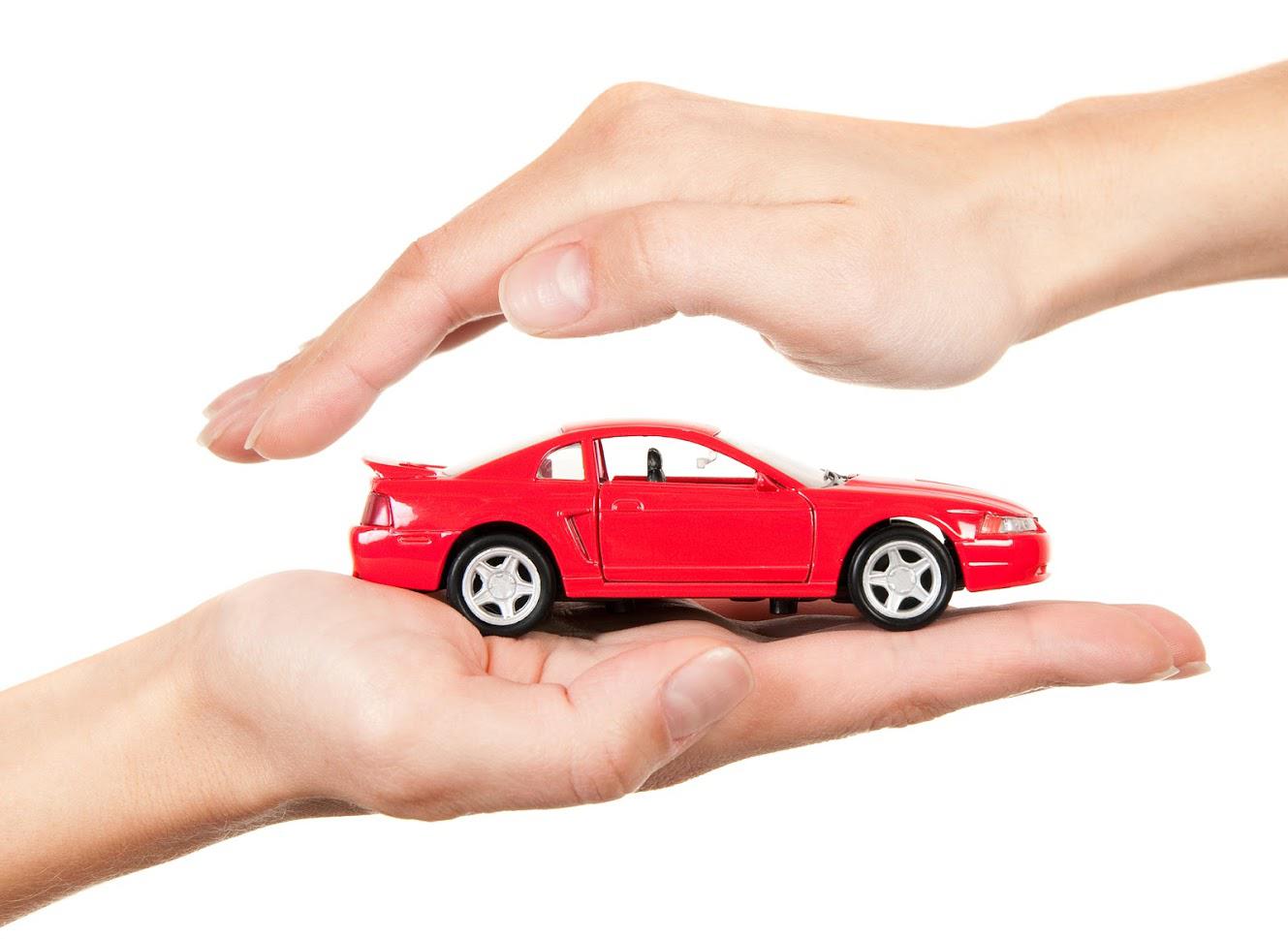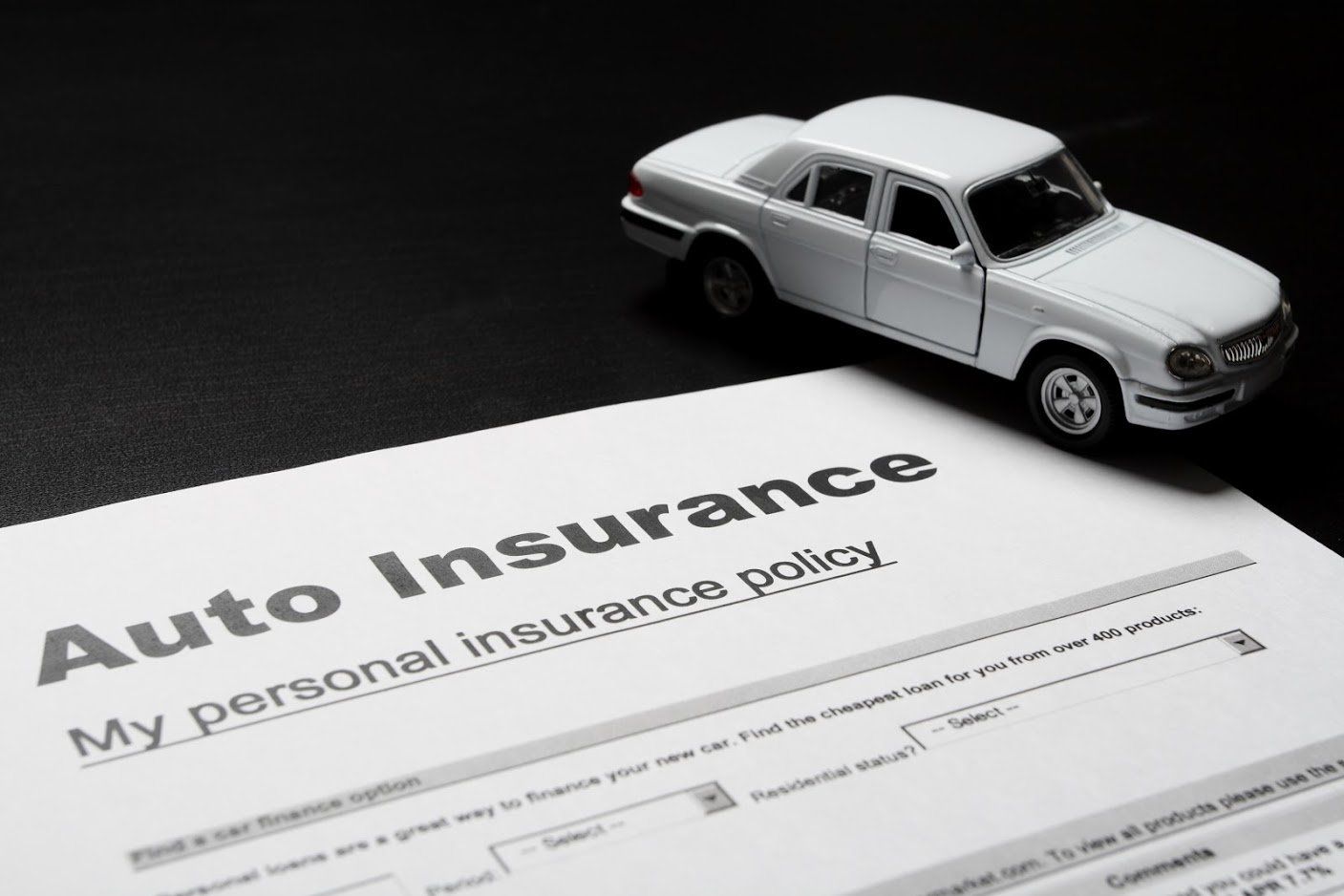Warm-Weather Driving Risks You Need to Know About
- By Admin
- •
- 16 May, 2019
- •

Winter isn't the only time of the year that comes with driving hazards. What do you need to know about navigating the nation's roadways when the season changes? As the weather warms, take a look at the top risks that drivers often face during the spring and summer months.
Engine Overheating
When the mercury rises, so does your engine's risk of overheating. Even though your car's coolant keeps the engine in check most of the year, the higher outdoor air temperatures make it harder to stop this unwanted engine issue from happening.
While you can't stop the temperature from rising, you can make sure your car has enough coolant — especially if you drive often or you drive a long distance on an extremely hot day. If your coolant runs low before it should or your car is constantly empty, have a mechanic check for a leak or blockage.
Along with obvious coolant-related issues (such as a leak), other mechanical problems can cause engine overheating. Loss of engine lubrication can also result in overheating. Check the oil level often to reduce the likelihood of this scenario. Without an adequate amount of oil, the friction from the engine's moving parts can cause overheating.
If your best maintenance efforts fail and your engine still overheats, move the car off the road and to a safe space while you wait for a tow truck or mechanic.
Increased Traffic
Between spring break and summer vacations, road trips rule in the warmer months. The more cars are on the roads, the more the chances of an accident go up. If you're headed out on a spring or summer road trip:
-
Get a checkup first. Again, low coolant or oil can cause your car to overheat. Along with making sure you have plenty of these fluids, have a mechanic check your brakes, lights, and everything else you need for safe driving.
-
Drive defensively. Stay alert and drive smart. With more cars on the road, you need to pay constant attention not only to where you go but to everyone else's driving too.
-
Bring safety items. As if breaking down isn't tough enough on its own, add in a steady stream of traffic nearby and you have a recipe for danger. Bring road flares and other safety items to reduce risks and keep you safe.
Whether you travel near or far, expect delays — especially as you near major spring and summer holidays. While feeling frustrated when driving in traffic is normal, leave your road rage at home. Letting the anger get the best of you can lead to an unsafe situation or an accident.
Teen Drivers
Without school to occupy their days, teens are out and about — driving on the same roadways that you try to navigate. Unlike seasoned adult drivers, teens are more likely to underestimate potentially dangerous situations. This can lead to poor decision-making and a higher likelihood of engaging in accident-causing behaviors.
Even though you can't avoid all teen drivers, you can reduce some of the risks by staying alert. Watch for new drivers, yielding to them or slowing down. If you have a teen driver in your family, discuss safe driving practices, enroll your teen in a driver's education class, and strictly enforce rules (such as a car curfew).
Outdoor Activities
From biking to the park to strolling around the neighborhood, people are out of their homes. Bicyclists can quickly dart out in front of a car, distracted pedestrians can wander into an intersection, and other outdoor activity enthusiasts (such as skateboarders) can get in the way of traffic. Along with looking out for other cars, check your surroundings for other people.
Do you need to add extra protection to your auto insurance policy? Contact Harr & Associates Insurance, Inc., for more information.














